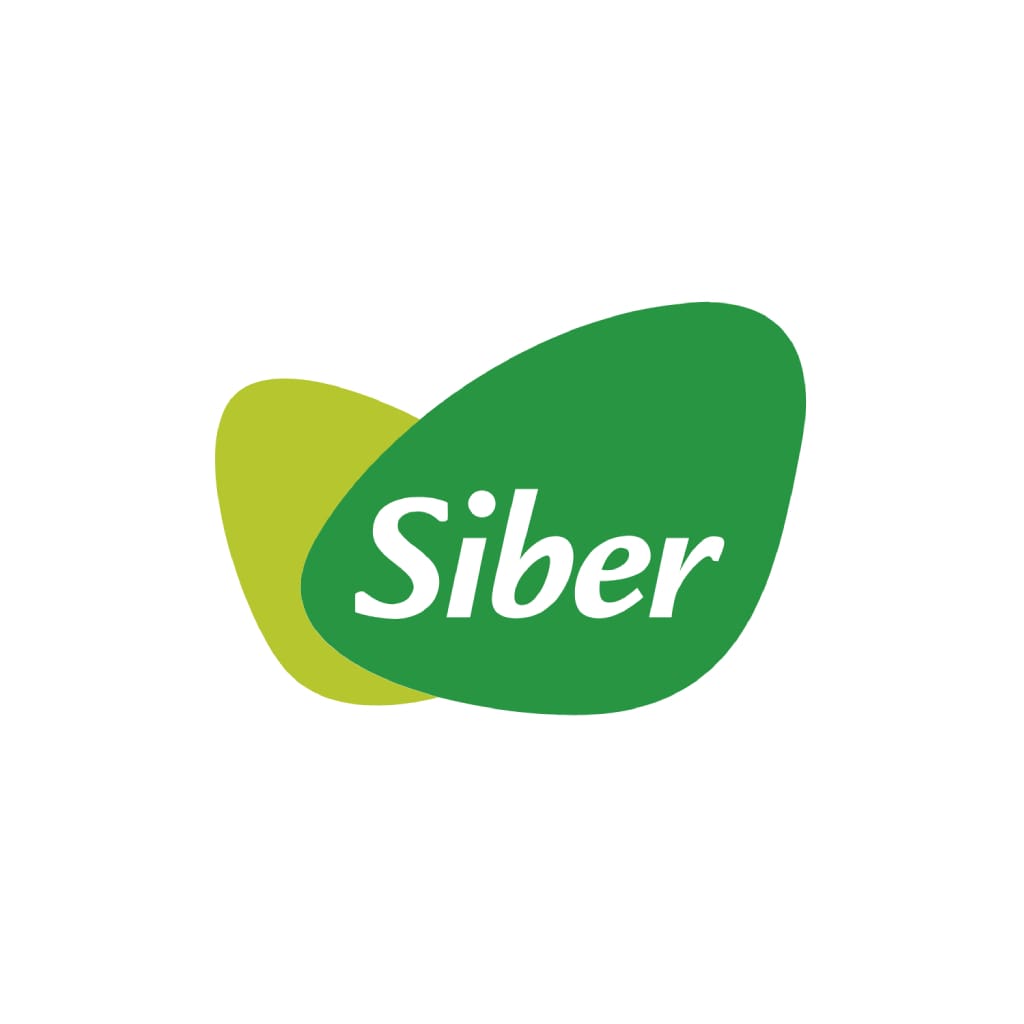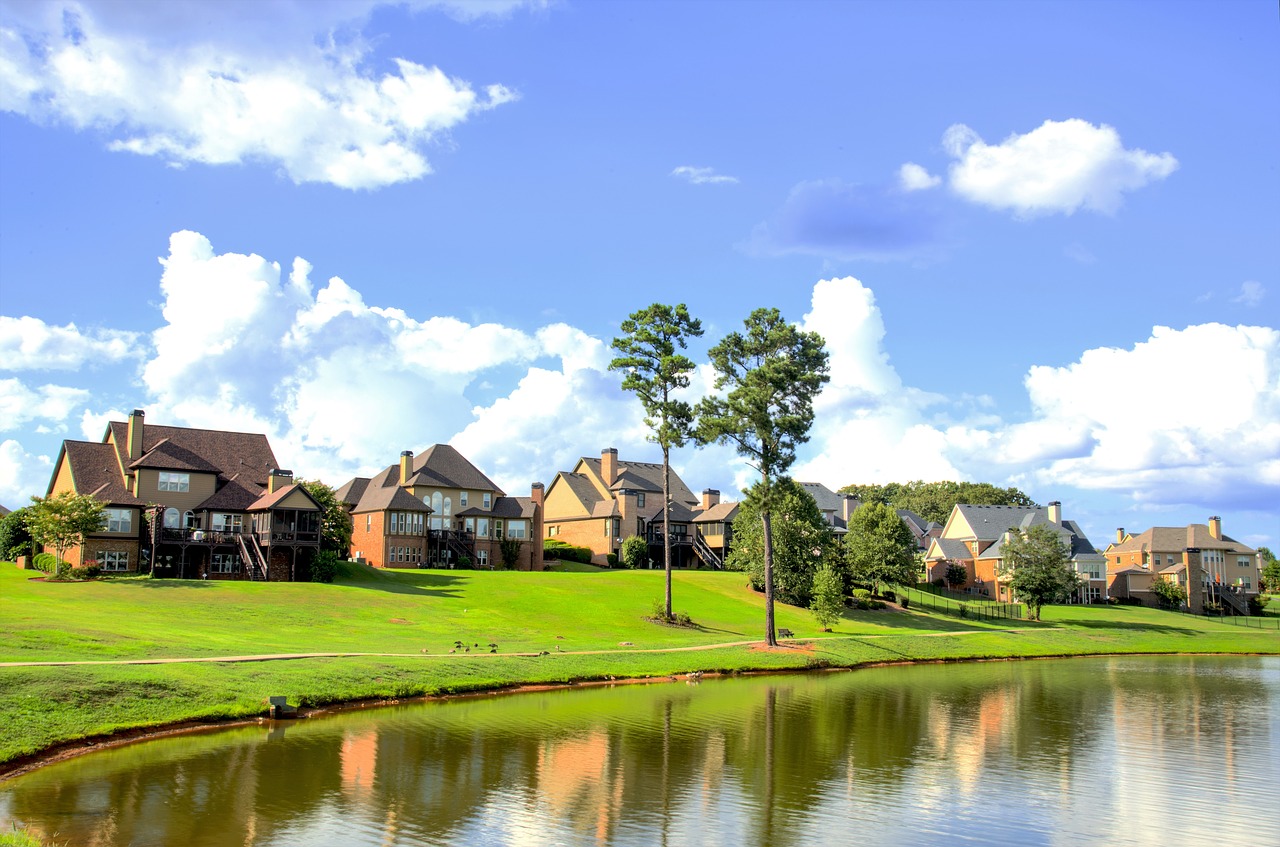
C.T.E. DB-HS. Health in the Technical Building Code

superadmin
July 27, 2017
The Technical Building Code in its Basic Document HS. "Health", establishes the hygiene, health, and habitability conditions that must be met in any building. For this purpose, this document is divided into five chapters or sections.
1. Protection against humidity
Humidity is understood as the amount of water vapor present in the air. When the air comes into contact with a cold surface, that water vapor condenses into liquid water. This basic document restricts the presence of humidity in a building: "the foreseeable risk of inadequate presence of water or humidity inside buildings and in their enclosures will be limited as a consequence of water from atmospheric precipitation, runoff, the ground, or condensations, with means that prevent its penetration or, where appropriate, allow its evacuation without causing damage".2. Collection and evacuation of waste
The management of waste generated during the construction process of a building is a matter of vital importance, both for the health of individuals and for the protection of the environment. In this regard, the Technical Code establishes a series of rules to be followed: "buildings will have spaces and means to extract the ordinary waste generated in them in accordance with the public collection system so that appropriate separation at source of said waste is facilitated, the selective collection of the same, and its subsequent management".3. Indoor air quality
The indoor air of buildings contains pollutants that result from excessive humidity in the environment, the metabolic activity of people, or components found in construction materials and furnishings. In this sense, the Technical Code requires that: "buildings have means so that their rooms can be properly ventilated, eliminating pollutants that are typically produced during normal building use, thus providing a sufficient flow of outside air and ensuring the extraction and expulsion of stale air from contaminants".4. Water supply
The installation for supplying drinking water and hot sanitary water (ACS) covers a very important part of the construction project of a building. As noted in this section of the Technical Code: "buildings will have adequate means to supply the planned sanitary equipment with water suitable for consumption sustainably, providing sufficient flows for its operation, without altering the properties of suitability for consumption and preventing possible returns that may contaminate the network, incorporating means that allow water saving and control".5. Wastewater evacuation
The evacuation of wastewater is a fundamental aspect when projecting and building a building. A drainage network that collects dirty water and rainwater must be foreseen. In this sense, the Technical Code specifies that: "buildings will have adequate means to extract the wastewater generated in them independently or jointly with atmospheric precipitation and with runoff".
Siber Ventilation
Manufacturer of High Energy Efficiency Ventilation Systems. Siber provides a set of high energy efficiency solutions in wind and mechanically intelligent ventilation, improving the Health, Hygiene, and Comfort of people, being respectful of the environment.
Related posts

Ventilation systems and components
clean air
air quality
humidity
Air purification
Air Purifiers: Functioning and Possibilities in Our Home
The air we breathe at home can be of poor quality, and for that, we will need solutions like those offered by air purifiers. Are they efficient? We’ll tell you.

clean air
air quality
bathroom
Health and comfort
fan
Bathroom fan to renew the air in humid rooms
The bathroom fan is essential for eliminating humidity and contaminated air in humid hygiene areas. We explain how it works.

clean air
technical code of the building
extractor
Ventilation regulations
RITE
clean air
RITE
extractor
technical code of the building
CTE DB HE. Distribution conditions of a ventilation system in a home
To comply with the CTE DB HE, the construction systems and the exterior envelopes of buildings have evolved over time
